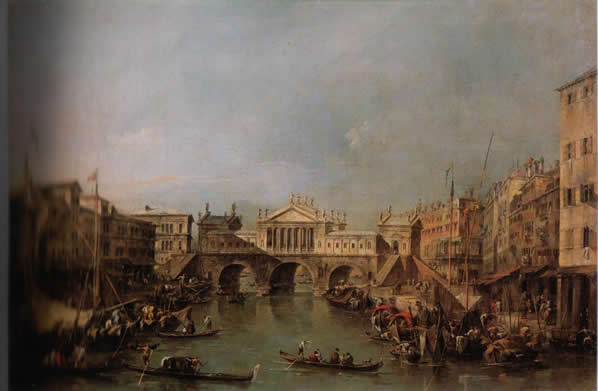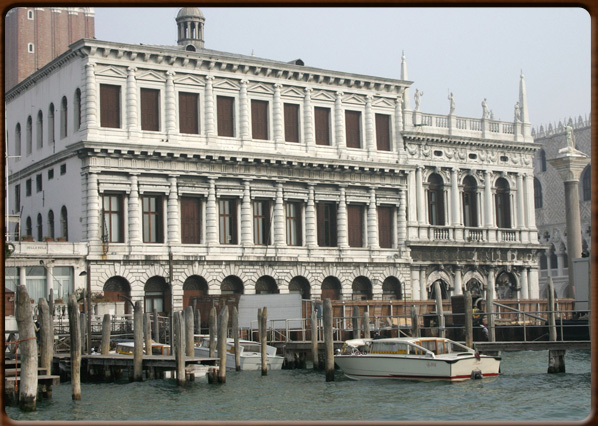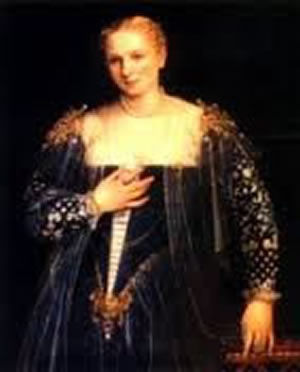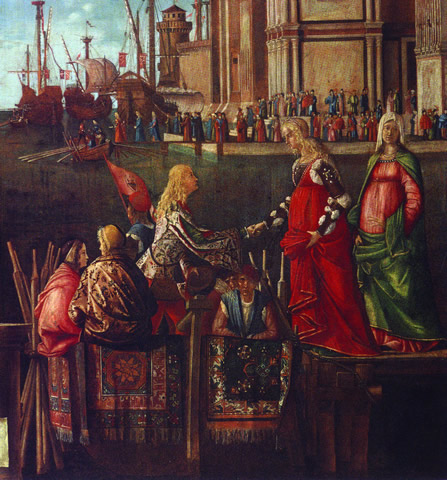The 16th Century was not just a succession of wars and alliances, but for Italy and Venice was also the culmination of a long period of intellectual blossoming that had started in the previous century . The Renaissance was seen by the people of the time as a “new age”. People could finally read the works of the classic Greek and Latin authors in their original versions, kept in major monasteries throughout Europe, and take a new look at nature with its symbols and mystery, thus contributing to the rebirth of art and architecture. The artist became "creator" rather than mere "craftsman" and his work was valued on the basis of aesthetic rules that took into account, especially for painters, the concepts of “counterpoise” (twists in poses), proportions and the study of light .
Venice welcomes the creative vitality of the moment, leading to the splendour that then became its identity. Venice became a cosmopolitan city with many active foreign communities Greeks, Armenians, Albanians, Germans and Jews; a city where stone replaced wood in the construction of bridges and houses, resulting in new building techniques: there was no longer any need to reclaim land or raise levels, by building on high piles set in the mud. A Venice that began to build or improve its sea defences and river embankments, which controlled the canals and navigation thanks to new vessels, such as the famous gondolas.
Venice rediscovered classic styles resulting in the new interpretations for architecture and sculpture by Palladio , Sansovino , Codussi and Sanmicheli. Painting benefitted from the extraordinary genius of artists such as Mantegna, Gentile Bellini and Giovanni Bellini, Carpaccio , Giorgione, Tiziano, Lotto, Tintoretto, Veronese , etc.
The population rose to 150,000, engaged in manufacturing and industry, especially the manufacturing and processing of glass, lace, gold, leather and hides, building materials and publishing.
The corporations were formed, which were to play such a crucial social role in instilling a general consensus among the Venetians for the work of the State. Many details of Venetian life at the time have been recorded in the Diarii of the reporter Marin Sanudo, while Jacopo de’ Barbari drew an extraordinary bird's eye picture of the city.
Advances in Science included the discovery of the laws of the pendulum by the great mathematician Galileo Galilei, a professor at the University of Padua. Galilei also demonstrated his universal invention – the telescope – for the very first time in Venice in 1609, to then Doge Leonardo Donà in the cathedral bell-tower. Another important discovery was the compass.










